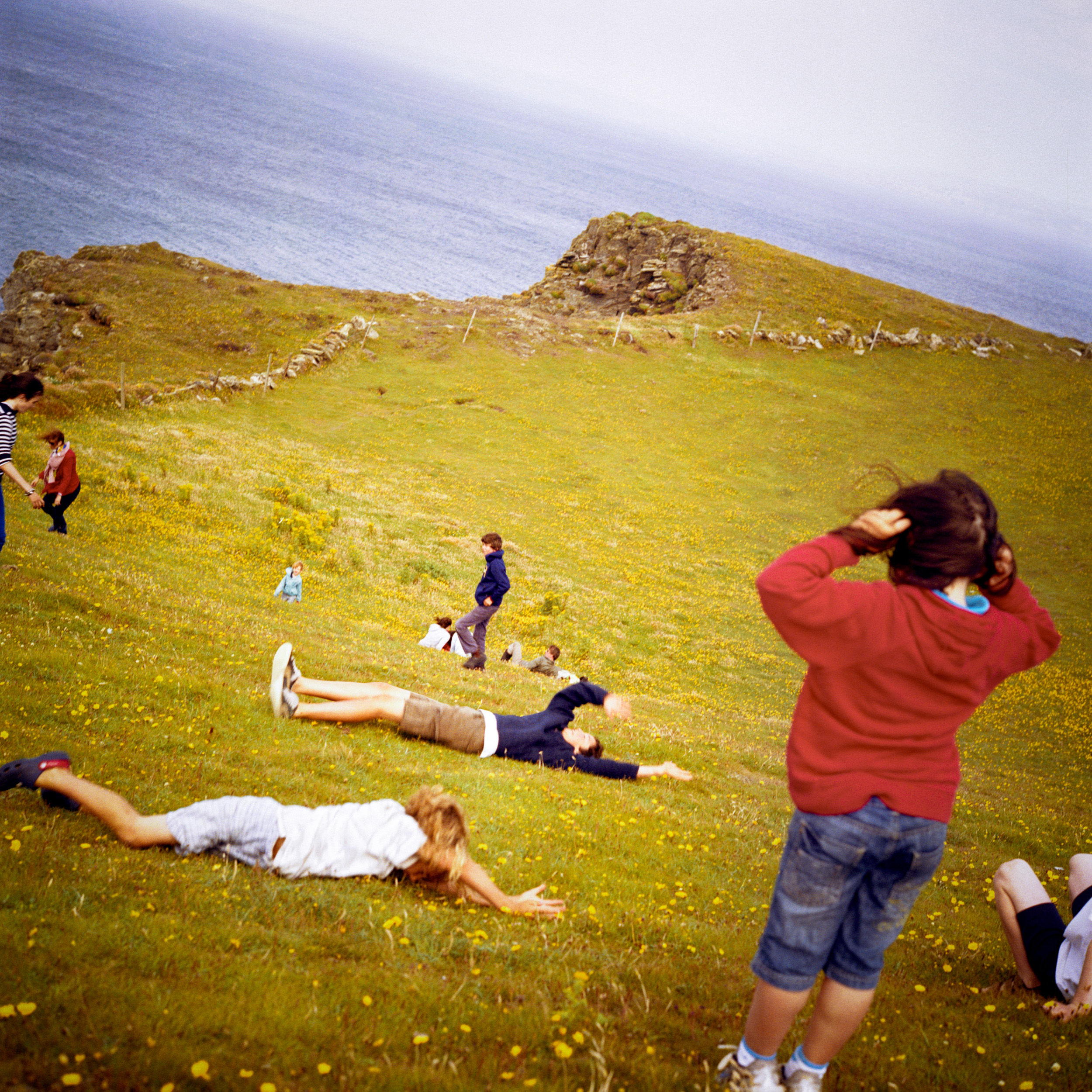
How To: Roll Down a HillA treatise for tumbling.
How To: Roll Down a HillA treatise for tumbling.
Children have probably been rolling down hills as long as there have been hills and children to roll down them. All you need is a body, a hill (preferably grassy and without rocks) and gravity. You don’t need gear, or strength, or athletic skill. You don’t have to worry about doing it poorly—who, after all, rolls down hills well? Everybody looks foolish rolling down a hill.
Beyond the sheer unadulterated fun of it, rolling down hills has benefits for children and grown-ups alike. Communing with nature has long been shown to be beneficial for mental health and wellness, probably only more the case when you’re literally rolling in it. According to the biophilia hypothesis, popularized by American sociobiologist E.O. Wilson, humans thrive in natural environments since our brains and bodies have evolved alongside nature.
Unlike other activities that were once done for fun and have since morphed into codified sports (surfing, skateboarding, pickleball), rolling down hills seems pretty resistant to co-optation by professional hill rollers. It’s hard to imagine how one could score points, or become any more graceful or skilled at it than anybody else.
One of the few places one can see people rolling down hills in any sort of competitive setting is the Cooper’s Hill Cheese-Rolling and Wake, an annual race in the UK in which contestants chase a wheel of cheese down a steep grassy slope. But all that rolling is more a consequence of the precipitousness of the hill than any requirement of the event (no rules prohibit you from just running the entire race upright, for example). Ironically, the rolling at Cooper’s Hill is often the least fun part of the competition, resulting every year in scrapes, bruises, concussions and the occasional broken bone or two.



